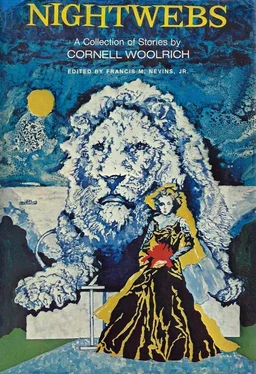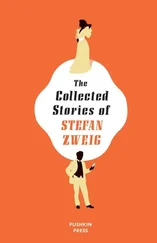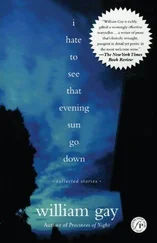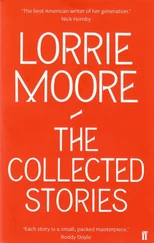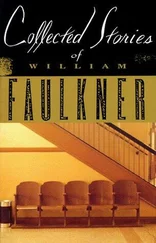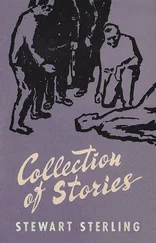Grateful acknowledgment is also made to Allen J. Hubin for permission to reprint the following editorial and bibliographic material:
“Cornell Woolrich: Part I,” by Francis M. Nevins, Jr. Originally published in The Armchair Detective. Copyright © 1968 by Allen J. Hubin.
“Cornell Woolrich: Part II,” by Francis M. Nevins, Jr. Originally published in The Armchair Detective. Copyright © 1969 by Allen J. Hubin.
“Cornell Woolrich: Part III,” by Francis M. Nevins, Jr. Originally published in The Armchair Detective. Copyright © 1969 by Allen J. Hubin.
“Cornell Woolrich: A Bibliography,” by Harold Knott, Francis M. Nevins, Jr. and William Thailing. Originally published in The Armchair Detective. Copyright © 1969 by Allen J. Hubin.
The quotation by Edna St. Vincent Millay on page 358 is from Collected Poems by Edna St. Vincent Millay. Copyright © 1923 by Edna St. Vincent Millay. Copyright © renewed 1951 by Norma Millay Ellis. Reprinted with the permission of Norma Millay Ellis.
Irish’s name appears in the credits of three First National films of 1928—29, all directed by Benjamin Christensen: Haunted House, Seven Footprints to Satan, and House of Horror. He is not known to have worked on any other films.
Woolrich did not identify the movie he had in mind, but from his description it was probably Bolero (Paramount, directed by Wesley Ruggles, starring Carole Lombard and George Raft. According to the credits, the screenplay was by Horace Jackson from a story by Carey Wilson and Kubec Glasmon. It is impossible to tell whether Woolrich’s suspicions were justified, since the alleged source novel was destroyed.
In Hitchcock directed for the television series Suspicion a one-hour version of Woolrich’s “Three O’Clock” (unaccountably retitled Four O’Clock) which is not only completely faithful to the story but also one of the greatest films of soul-pounding suspense ever made — pure Hitchcock and pure Woolrich, the finest adaptation of Woolrich in any form, and already virtually forgotten.
One later novel appeared, The Doom Stone (1960), but this was merely the book version of Woolrich’s 1939 Argosy serial “The Eye of Doom,” with the original Part Four removed and replaced by a new last section.
Details of the books left unfinished at Woolrich’s death are given in the afterword to the last story in this volume and in Section II of the Bibliography.
I speak of Hitchcock’s creation, not Robert Bloch’s; for Bloch knew nothing of Woolrich when he wrote his novel and his Norman is a fat repulsive toad not even in the same universe with Hitchcock’s Norman, who is complex and fully human.
